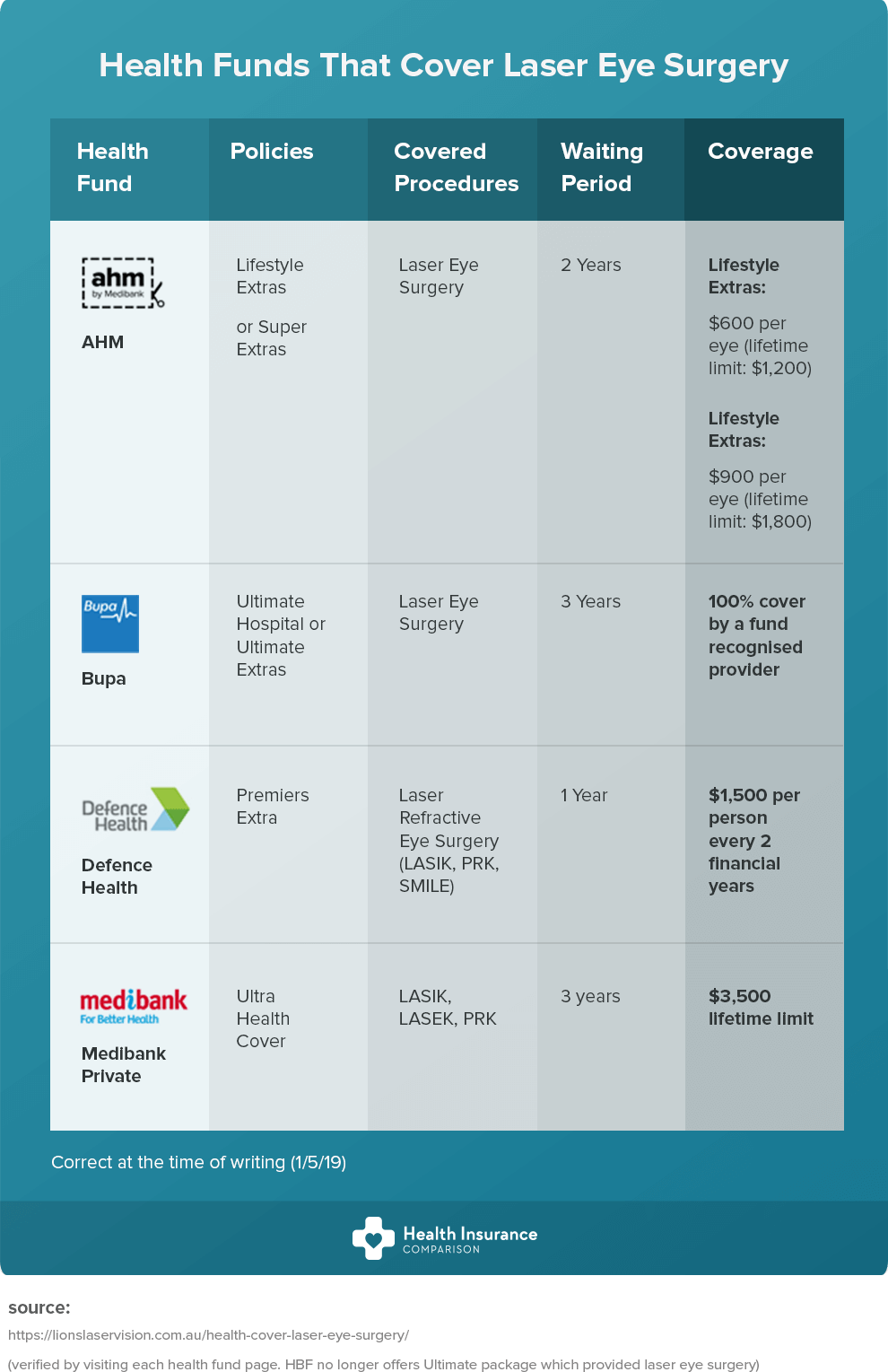What Is SMILE Eye Surgery? Treatment, Advantages, Risks & Recovery

Uploaded By- smile eye procedure
If you're taking into consideration vision modification options, SMILE eye surgical procedure could be on your radar. This ingenious procedure includes developing a little lenticule in the cornea to resolve nearsightedness and astigmatism. Unlike conventional LASIK, it's much less invasive and promises quicker recuperation. However, while there are substantial advantages, there are also threats entailed. Understanding both elements can assist you make an informed choice regarding your eye health. What's the healing process like, and what should you expect?
Understanding the SMILE Treatment
The SMILE treatment, or Little Laceration Lenticule Removal, is a minimally invasive eye surgery developed to fix vision problems like nearsightedness and astigmatism.
During this procedure, a laser creates a small lenticule, or lens-shaped tissue, within the cornea. You won't need any kind of stitches, as the small laceration allows for a quick healing.
The specialist after that gets rid of the lenticule through this little cut, reshaping your cornea to enhance your vision. Unlike conventional LASIK, SMILE does not require the creation of a huge flap, which can bring about less issues.
You'll locate that this technique is much less disruptive to the corneal framework, potentially boosting security. Understanding the treatment helps you feel a lot more confident as you consider your options for vision adjustment.
Advantages of SMILE Eye Surgery
While considering vision modification options, you might find that SMILE eye surgical treatment uses several compelling benefits.
First, it's minimally intrusive, requiring only a tiny incision, which suggests much less disruption to your eye structure. This results in quicker healing times and much less discomfort compared to traditional LASIK.
You'll additionally appreciate its precision; SMILE utilizes sophisticated laser modern technology to reshape the cornea, supplying exceptional outcomes for nearsightedness and astigmatism.
In addition, many clients report boosted aesthetic high quality, with less instances of glow or halos. Considering that there's no need for a corneal flap, your eyes remain more stable post-surgery.
Lastly, https://www.dovepress.com/corneal-biomechanical-assessment-with-ultra-high-speed-scheimpflug-ima-peer-reviewed-fulltext-article-OPTH takes simply a couple of mins, enabling you to return to your everyday activities much faster than with various other approaches.
Possible Risks and Healing Process
Although SMILE eye surgical procedure is usually safe, it is essential to be knowledgeable about potential threats that can develop during or after the procedure. Some individuals may experience temporary side effects like dry eyes, glare, or halos around lights.
In unusual situations, problems such as infection, vision loss, or the demand for extra surgery can take place.
Recuperation generally involves a few days of rest and staying clear of difficult activities. You should follow your doctor's post-operative instructions thoroughly, including making use of recommended eye drops and going to follow-up appointments.
Numerous patients observe boosted vision within a couple of days, but full healing can take weeks. Remaining client and giving your eyes time to recover is vital for the very best result.
Final thought
To conclude, SMILE eye surgical procedure uses a contemporary, minimally invasive alternative for fixing nearsightedness and astigmatism. With its quicker healing time and reduced pain, it's an appealing selection for many. Nonetheless, it's necessary to consider the prospective dangers versus the advantages. By staying notified and adhering to post-operative treatment, you can maximize your chances of an effective end result. If you're considering this procedure, consult with your eye care professional to identify if it's right for you.

